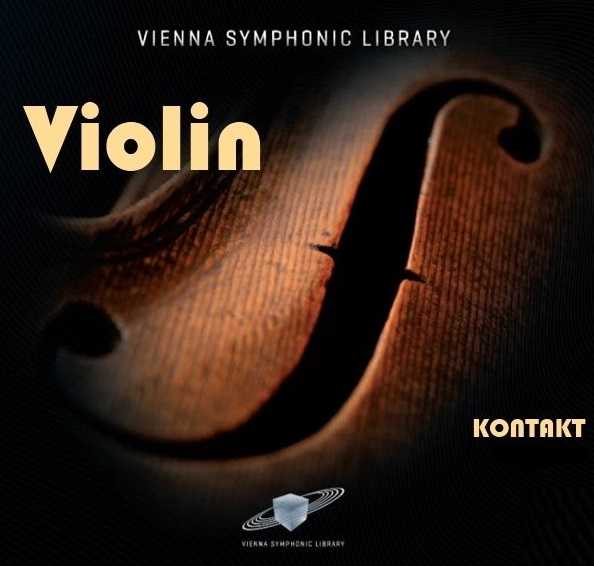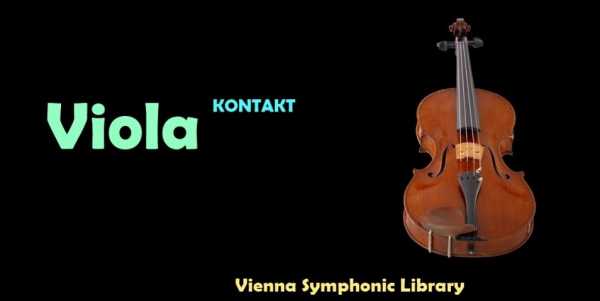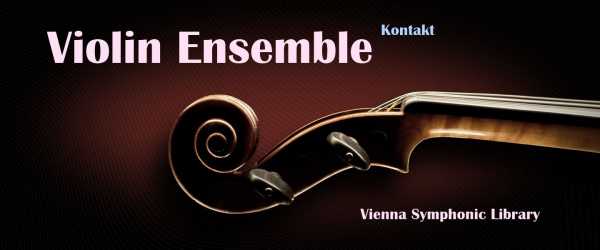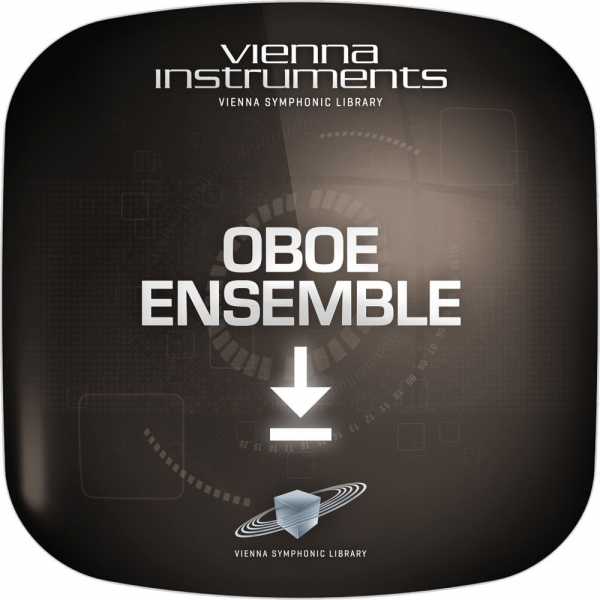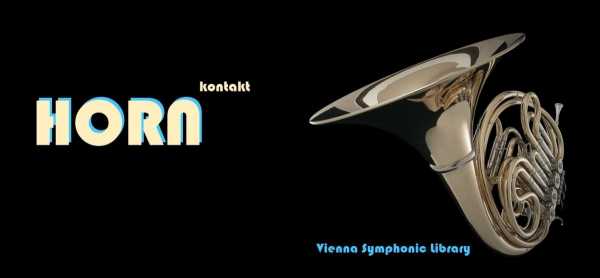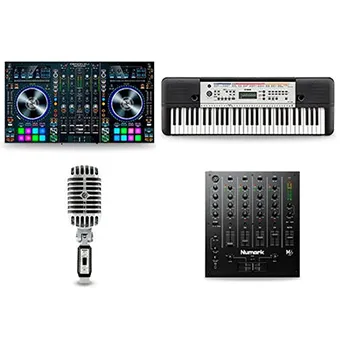VSL Saxophones Soprano KONTAKT
P2P | KONTAKT | 3.0 GB
The Soprano saxophone normally doesn’t show the typical curved build of the rest of the saxophone family but has a straight shape. It sounds very lyrical and has become famous through players like Kenny G. It is equally suitable for orchestral settings and jazz music. The musician for all the instruments, Robert Bernhard, plays in illustrious circles. His experience in orchestral music is as profound as his improvisations in jazz, funk and blues. He has captured all the nuances of the Selmer Mark VI series instruments (reissues of the famous vintage saxes of the Sixties) – from sensitive to aggressive, from whispering to screaming, exploiting the full dynamic range of these instruments.
Viewed 7091 By Music Producers.



